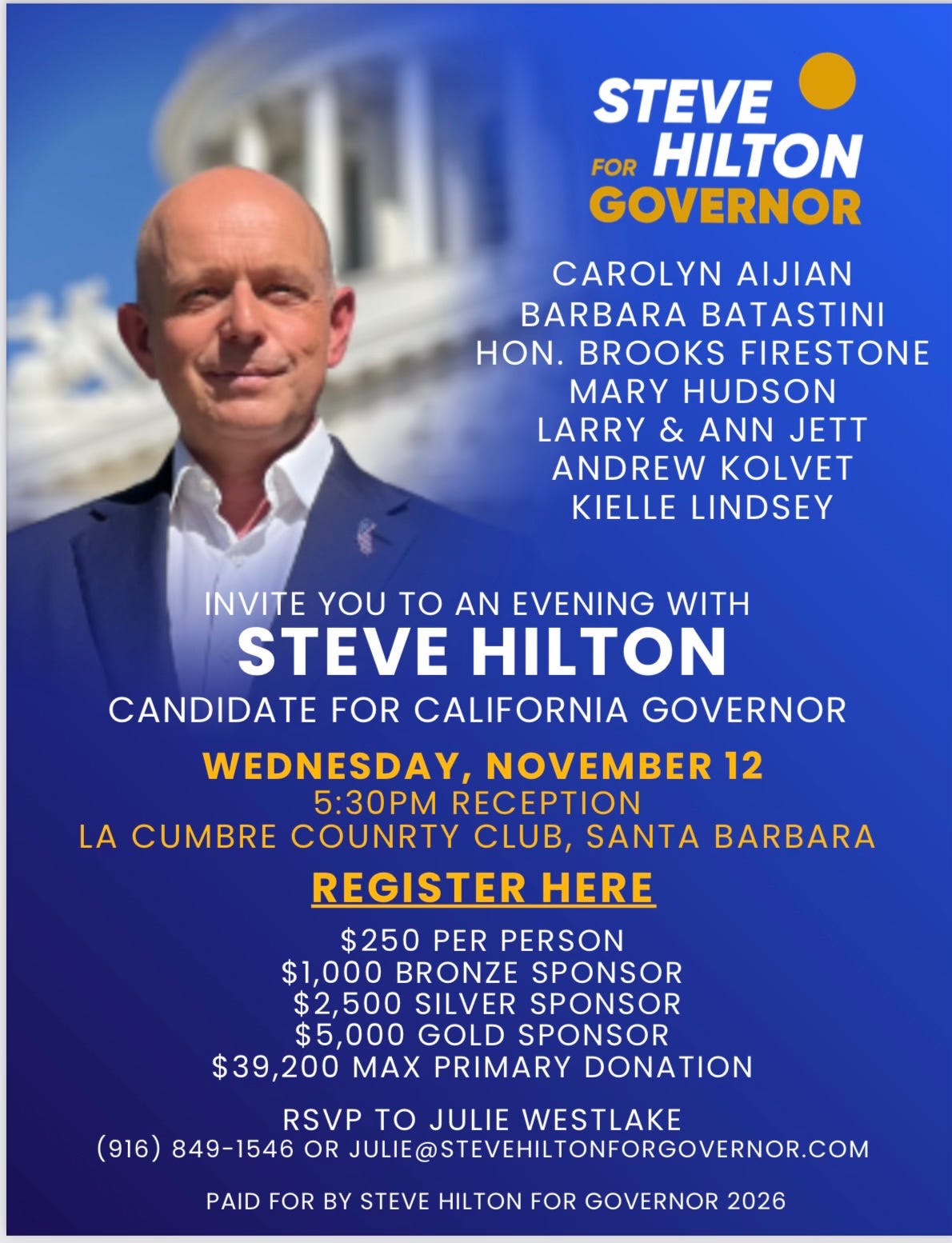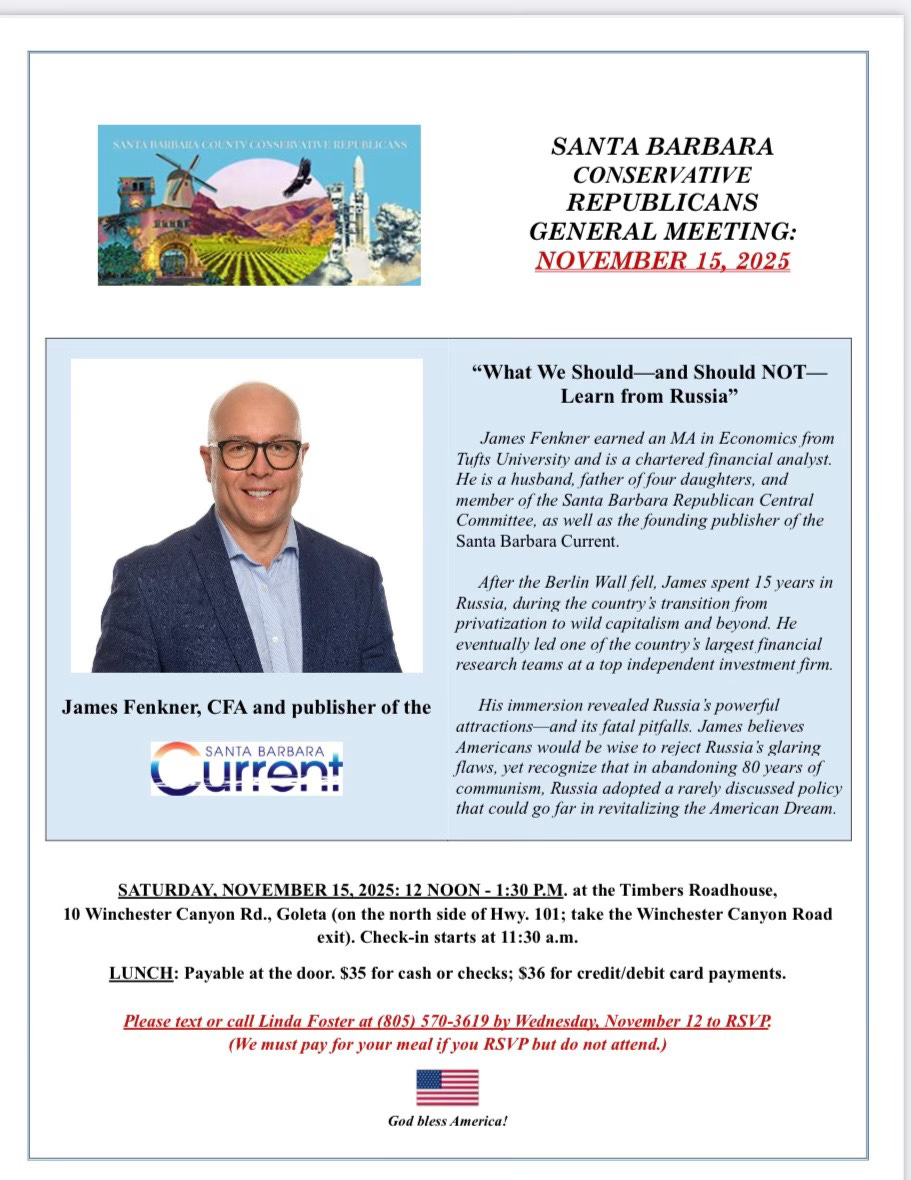Three Million Public Sector Workers Pad California’s Democrat Party
By Justin Shores
Three Million Public Sector Workers Pad California’s Democrat Party
As the record-breaking 40-day federal government shutdown drags into its sixth week (with furloughed workers missing paychecks, SNAP benefits slashed for millions, and thousands of flights canceled daily) a bipartisan Senate deal has finally coalesced to reopen agencies through late January, reverse mass layoffs, guarantee backpay, and schedule a December vote on ACA subsidies, though progressive holdouts and House Democrats could still derail it before President Trump signs.
Furloughed workers are staring down delayed paychecks and mounting bills. Millions of federal employees and contractors are affected, and programs like SNAP benefits hang in the balance.
In this manufactured chaos, Democrats see opportunity. They’re framing the crisis as Republican cruelty, turning unpaid public servants into unwitting foot soldiers for their get-out-the-vote machine. It’s an effective playbook: weaponize the pain of loyalists and innocents to shame voters into line, all while shielding their own policy failures. Human shields for unchecked spending and border policies that got us here.
Zoom in on California, where this national drama mirrors a deeper, more insidious trend. Democrats have mastered the art of job creation, not through innovation or market forces, but through a massive public sector that employs one in seven workers statewide.
These aren’t just jobs; they’re lifelines laced with political strings, designed to inflate economic stats, fund activist networks, and cement voter loyalty.
Could you, grinding away in the private sector, take unpaid leave to knock on doors for your candidate? Would your boss greenlight 20 to 40 hours a week moonlighting on a city council, all while drawing a steady paycheck?
For many in California’s government workforce, the answer is yes, courtesy of taxpayer dollars. It’s an unfair edge, one that tilts the scales against entrepreneurs and small-business owners who can’t afford such flexibility.
Goleta’s five-member city council draws annual stipends of $45,000 to $54,000 per member, paid straight from local taxes. Dig deeper, and you’ll find they all hold parallel roles in taxpayer-funded NGOs or public agencies, roles that afford them the bandwidth to campaign endlessly without financial peril.
Radical Progressive activist Jonathan Abboud exemplifies the local Democrat machine’s generosity: handpicked by then Assemblymember Das Williams as the inaugural general manager of the taxpayer-funded Isla Vista Community Services District in 2017, his total compensation has skyrocketed from $97,873 in base pay and benefits to $164,700 by 2024, a 68 percent surge amid unchecked budget growth. Layer on over $15,000 in annual stipends and perks from his position on the Santa Barbara City College Board of Trustees, and Abboud’s pay tops $180,000.
“Government” Now State’s Dominant Employer
Private workers foot the bill without such activist-friendly windfalls while he defers infrastructure repairs to extort taxpayers even more with the most recent bond. His hatred for conservatives is not hidden as he presides over SBCC’s enrollment plummeting and infrastructure crumbling. At least “undocumented” students are funded and provided full services.
These positions aren’t accidents; they’re engineered perks in a system where Democrats dole out gigs to allies, creating the illusion of robust growth while locking in a reliable voting bloc. Nonprofits flush with state grants become de facto campaign HQs, where “community organizers” draw six figures to advocate for the very policies that expand their employers.
This isn’t about vilifying every teacher, firefighter, or clerk, who serves with dedication. Far from it. These folks keep our communities running, often underappreciated and overworked.
In counties like San Francisco and Los Angeles, government is now the dominant employer, outpacing private industry by wide margins. Who foots the bill for this colossus? Overstretched taxpayers, already squeezed by sky-high housing and gas prices.
Here’s the ticking time bomb no one in Sacramento wants to defuse: California’s pension crisis. CalPERS, the state’s massive retirement fund, sits at just 79 percent funded, with $180 billion in unfunded liabilities as of early 2025. That’s $180 billion in IOUs to retirees, ballooned by decades of generous promises and risky bets, like the $468 million sunk into green energy ventures that lost 71 percent of its value.
Democrats tout “progressive” investments to juice short-term headlines, but the long-term hit? Higher taxes, slashed services, deferred maintenance, and bankruptcy for local governments. They leverage cherry-picked data to claim fiscal health, ignoring how these liabilities devour budgets and crowd out real economic growth.
California’s Unsustainable Debt Burden
Flash back to the Biden years, and the pattern is clear. From 2021 to 2024, the administration’s much-hyped job boom added millions of positions, but peel back the layers, and government hiring drove much of it. Federal civilian employment swelled nearly six percent, with 709,000 new government slots in 2023 alone.
These weren’t neutral hires; they skewed toward urban strongholds, loyalist networks, and even non-citizens in some administrative roles, padding unemployment rolls to mask private-sector stagnation. Blue-collar recovery lagged, while bureaucrats thrived. It’s the same playbook in California: Fake it till you make it, or rather, until the private economy buckles under the weight.
The shutdown lays it bare. Millions of public workers sidelined, not because of direct malice, but because Congress can’t agree on basics like border security or spending restraint. Democrats cry, rallying the furloughed and their base to the polls with tales of GOP heartlessness. But who’s really holding them hostage? A party addicted to expansion, blind to sustainability.
As counties teeter toward government-as-employer monopoly, the question is raised: How long before the pension shortfall forces brutal choices, like benefit cuts or tax hikes that crush the middle class?
Guess who they will blame?
Will these beneficiaries ever vote against their own interests? Or has the system so entrenched dependency that reform becomes impossible? In a state where one-party rule reigns, the answers could decide if California innovates its way forward or implodes under its own bloat. California must, at the very least and as soon as possible, switch to a 401k pension model or the hidden debt crisis will continue to grow exponentially. This is truly unsustainable for our republic and local communities.
Community Calendar:
Got a Santa Barbara event for our community calendar? Fenkner@sbcurrent.com








BTW: Santa Barbara City’s and County’s voting majority support a bigger, even more powerful government. In 2026, the Santa Barbara City Council’s 3 open seats could go to ‘endorsed allies’ of the Santa Barbara Democratic Socialists of America (SBDSA). D1 Rep Wendy Santamaria was SBDSA’s recent candidate victory. SBDSA is emboldened and postured for wins in Districts 4,5,6.
Our elected registered Democrat leaders favor unions. Do you? If not, what are you willing to do— to contribute — to change our local reality? Take a close look at TransparentCalifornia.com.
Help inform the uninformed too busy working, earning to survive. Reach out to registered No Party Preference (NPP) voters, and those who rarely vote who will determine 2026 electoral outcomes.
Thank You Justin! You’re a highly valued community asset; a proven leader who for starters we need in the CA Assembly or Senate!
Well written Justin. A back of the envelope calculation indicates that the funds available from the euphemistically named "Infrastructure" and "Inflation reduction" bills passed during the time the blue states limited private employment, was used to increase the federal workforce by about 50%. To serve whom?
In California the vote on Prop 50 indicates that the trend is eliminate input from anyone besides Democrats.